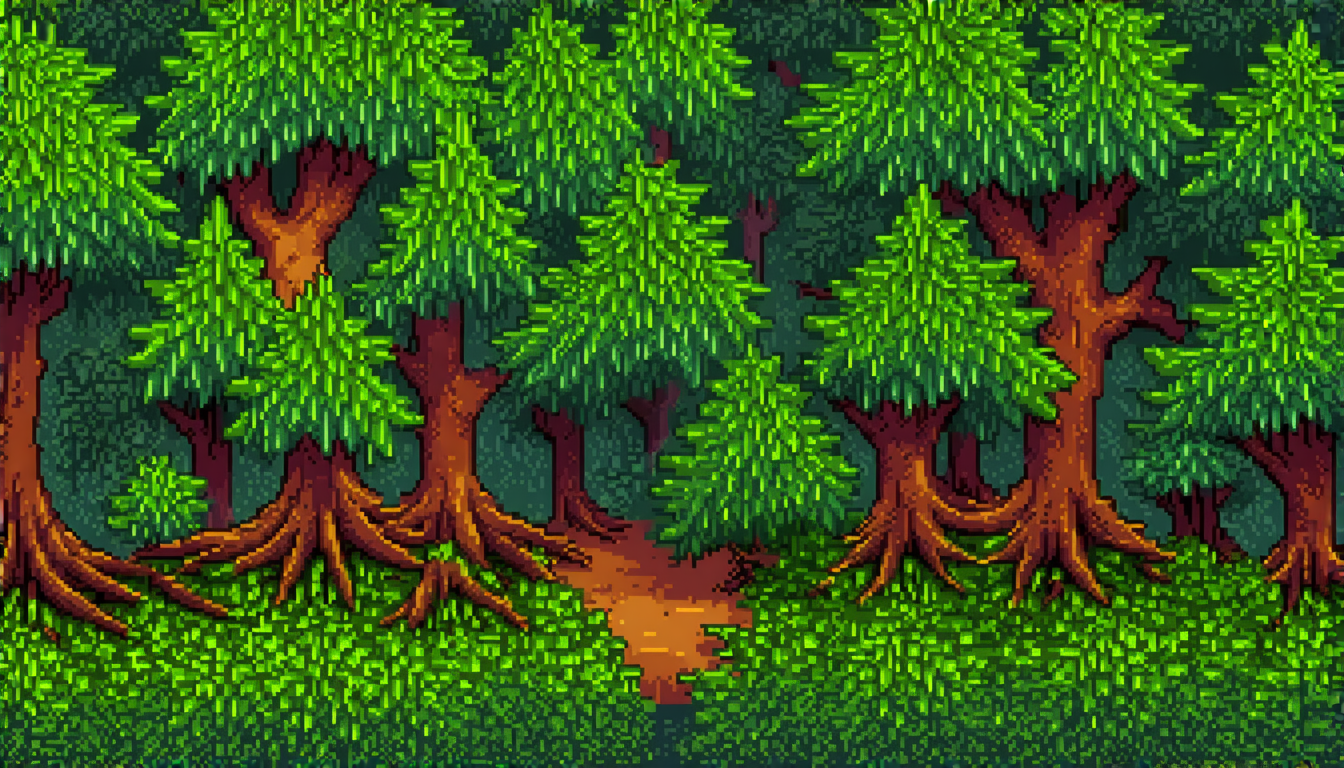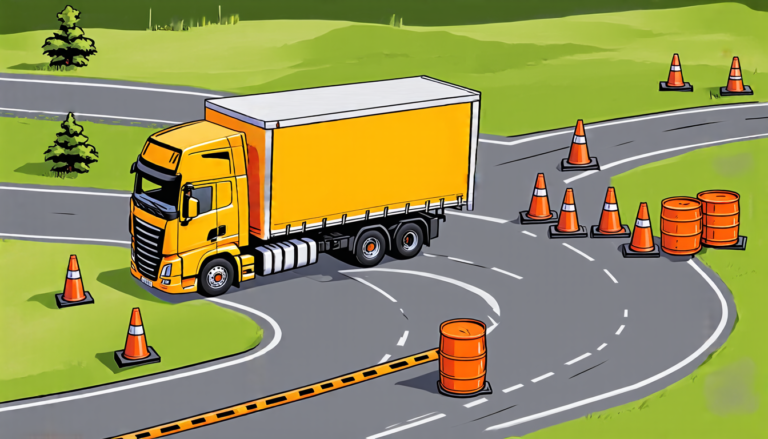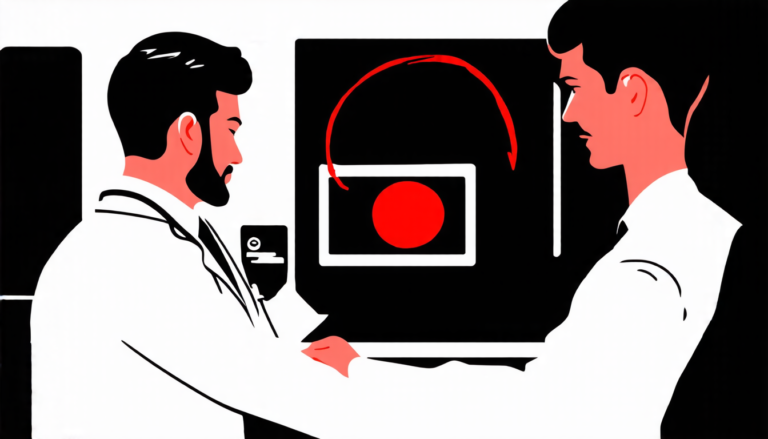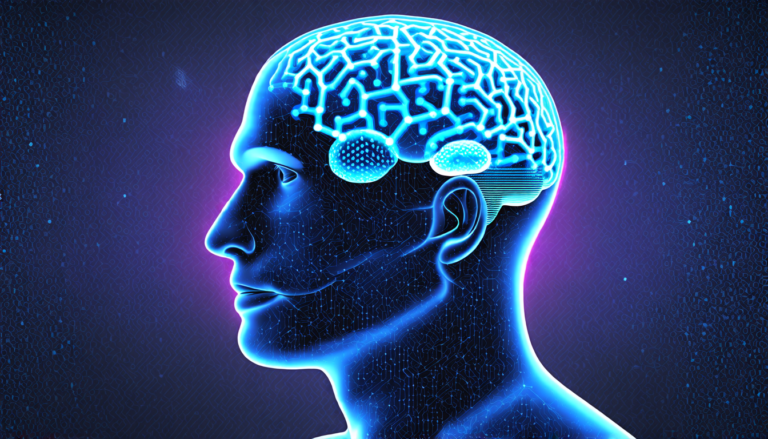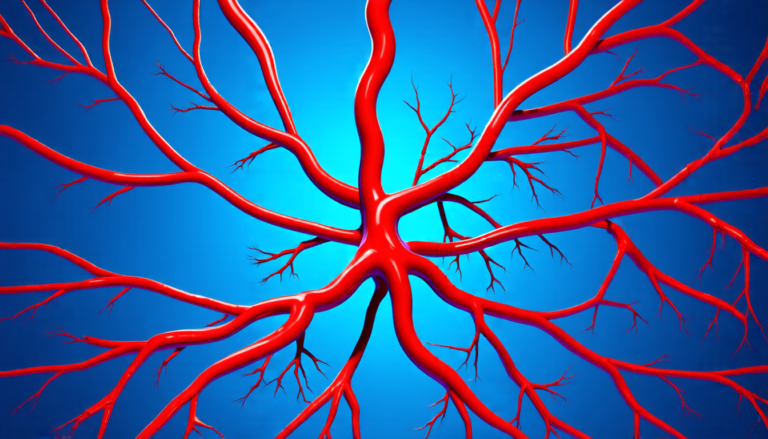Tuesday 22 July 2025
The latest breakthrough in remote sensing technology has the potential to revolutionize our ability to analyze and understand satellite imagery. A team of researchers has developed a new approach that can process images from different satellites, with varying resolutions and spectral bands, without requiring any additional training or adaptation.
Traditionally, machine learning models for remote sensing are designed to work with specific types of data, such as high-resolution images from one particular satellite. However, this limited scope makes it difficult to apply these models to new, unseen data. The researchers tackled this challenge by developing a model that can break down each image into its atomic elements – the individual scalar values that compose it.
This approach allows the model to seamlessly modify the resolution, image size, and spectral bands of the input images without any modification to the encoder. In other words, the model can handle images from different satellites with varying characteristics as if they were all from the same source.
The team tested their model using a large dataset of satellite imagery, including data from Sentinel-2, MODIS, and Landsat 8. They found that their approach outperformed traditional models in terms of accuracy and robustness. The results suggest that this new approach can be used to develop more generalizable and adaptable remote sensing models that are capable of processing a wide range of satellite imagery.
One of the key advantages of this model is its ability to learn from data without requiring any prior knowledge or training on specific types of imagery. This makes it an attractive solution for applications where the type of data being analyzed may change over time, such as in environmental monitoring or disaster response.
The researchers also demonstrated that their approach can be used to extend the capabilities of existing models by combining them with their own model. This hybrid approach showed even better performance and robustness than the individual models alone.
The potential applications of this technology are vast. For example, it could enable more accurate and efficient monitoring of environmental changes, such as deforestation or climate change. It could also improve disaster response efforts by allowing emergency responders to quickly analyze satellite imagery in real-time.
Overall, this new approach has the potential to revolutionize the field of remote sensing by enabling machines to better understand and analyze a wide range of satellite imagery. By breaking down images into their atomic elements, researchers can develop more generalizable and adaptable models that are capable of processing data from different sources with varying characteristics.
Cite this article: “Universal Satellite Imagery Analysis through Atomic Element Breakdown”, The Science Archive, 2025.
Remote Sensing, Machine Learning, Satellite Imagery, Image Processing, Data Analysis, Environmental Monitoring, Disaster Response, Climate Change, Deforestation, Hybrid Approach.

